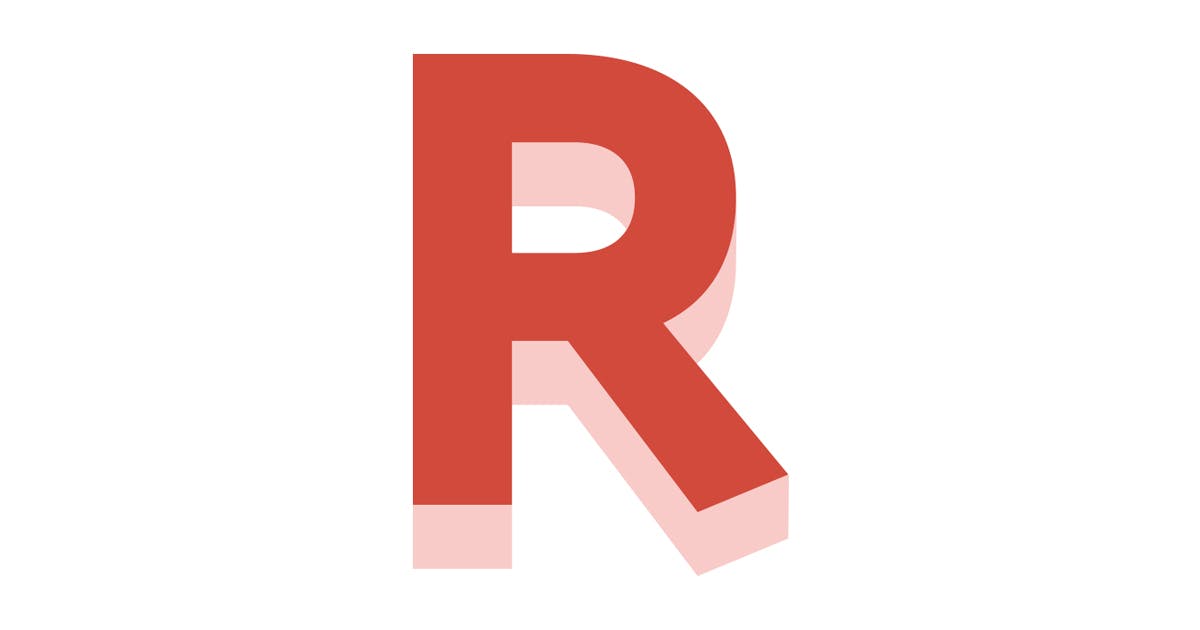Alice Springs: renewed racism in the NT

The national media have been full of reports of a crime wave in Alice Springs. Northern Territory police statistics have been widely publicised, showing reported property offences up almost 60 percent over the past twelve months, assaults up by 38 percent and a doubling of domestic violence. Almost universally, this has been attributed to the ending, last July, of a fifteen-year ban on alcohol in many Indigenous communities.
To further demonise Indigenous people, sections of the media have sought out “outback nurse” Rachel Hale after she posted footage of a street fight between Indigenous teens and a couple of white men. Promoted by various media outlets for her expertise (she’s actually a cosmetic nurse doing Botox and fillers), her views on the vileness of Aboriginal family life have been widely treated as good coin rather than racist prejudice.
As well as the media latching on to anyone who can add fuel to the fire, there has been an intensification of white supremacy in Alice Springs, shown by a big public meeting with the air of a lynch mob, organised by local businesses, and calls for vigilante violence against Aboriginal people openly made outside the meeting to the ABC. For those who can stomach it, Facebook page “Action for Alice 2020” gives full voice to this mentality.
So the racist dynamics are pretty clear. If some further state intervention doesn’t take away Indigenous people’s rights, there will be hell to pay.
In line with this, the response from both Labor and Liberal has been punitive. Opposition leader Peter Dutton called for federal police to be brought in to restore order. Even the NT police rejected this, if only for the reason that they had “already filled the jails”.
PM Anthony Albanese offered only another form of punitive response—new, partial alcohol restrictions, with the prospect of more to come. He also promised $48.8 million over two years for a range of measures, including liquor licence compliance.
A breakdown of this spending reveals the government’s priorities. While $14.2 million will be used to increase the number of police, the extra $25 million allocated for community services merely continues existing inadequate funding arrangements that would otherwise have expired. Despite the rhetoric of “saving” Aboriginal women and children, only $2 million will go to domestic violence services.
Having systematically destroyed Aboriginal people’s lives for more than two centuries, Australian capitalism is none too keen on compensation for any of that harm.
Instead, the current focus on alcohol bans is not a solution but an excuse to ignore the real issues Aboriginal people face: underlying poverty and trauma, compounded by over-policing.
What is happening in Alice Springs now follows a pattern of media outcry about supposed Aboriginal criminality, followed by punitive measures.
In 2020, a widely reported crime wave in Tennant Creek was used to justify the repeal of youth bail rights, making it harder for young people to get bail. This contributed to a 94 percent increase in the youth detention population in 2021-22—almost all of them Aboriginal children.
But the biggest recent example of this pattern is the Howard government’s 2007 NT Intervention, rebadged and continued by the subsequent Labor government in 2012 as Stronger Futures.
In 2007, claims of endemic Aboriginal crime precipitated the military invasion of more than 70 Aboriginal communities and town camps in the NT. It lasted fifteen years, until expiring last July. While the discriminatory alcohol bans may have ended, many of its punitive aspects such as extended police powers in remote communities, and restrictions on welfare rights, remain.
The situation at the moment is not a surprise but a direct consequence of these racist policies, and the demonisation of Aboriginal people that they both drew on and legitimised.
There is no evidence over all that time that communities or Aboriginal children were safer as a result of the military intervention. Instead, increasing numbers of Aboriginal children and adults were locked up for minor offences such as driving unlicensed or driving uninsured or unregistered vehicles. And Aboriginal children were taken from their families.
Indigenous people’s contact with police and courts is horrendous. Figures released in November showed 99.3 percent of NT youth detainees were Indigenous, six times the already appalling national average. Despite changes to come in at the end of this year, the age of criminal responsibility remains 10 years old in the NT.
The notorious but not exceptional Don Dale Youth Detention Centre—site of the use of spit hoods and other physical restraints, brutal beatings and ongoing isolation in prison cells—remains open despite a royal commission recommendation in 2017 that it be closed.
Rather than a crisis of “law and order” (of which there has been too much), what is happening in Alice Springs reveals an ongoing crisis for Indigenous people. Kirra Voller, youth advocate and trainee teacher, understands the hurt these kids feel. “A lot of these kids don’t care if they live or die, because nobody else does”, she told the ABC last year.
Arrernte women Elaine Peckham, Doreen Carroll and Brenda Shields of the Strong Grandmothers of the Central Desert group said much of the trouble in Alice Springs stems from ongoing trauma and dispossession, from the disempowerment brought by the NT Intervention and from the poverty and lack of services and investment, which force people out of communities and into the town. Almost 45 percent of Indigenous people in the NT live below the poverty line.
Despite the federal government spending well over a billion dollars on the Intervention, there is a pittance to address any of this. Better (and much cheaper) to demonise and blame Indigenous people.
Much has been made of events in Alice Springs by right-wing opponents of the Voice as well as by its proponents in government. Regardless of the “Black faces in high places” on both sides, they have united on victim-blaming solutions.